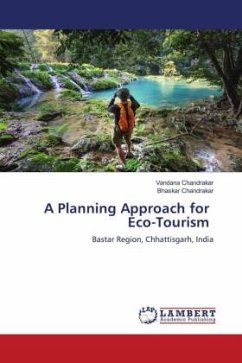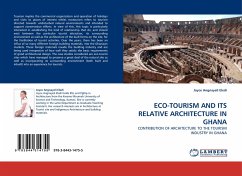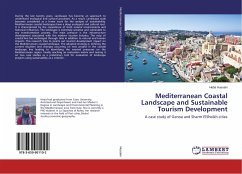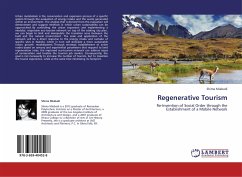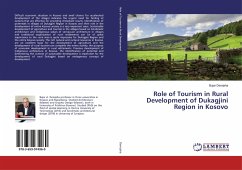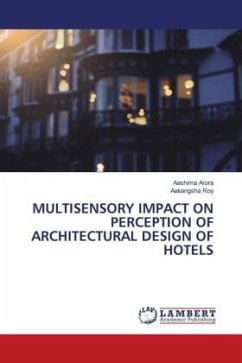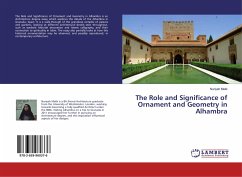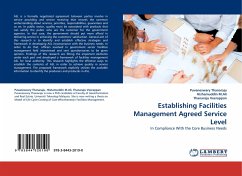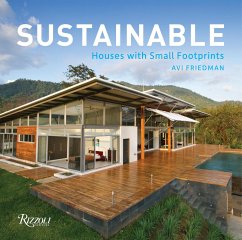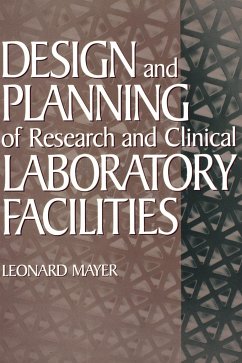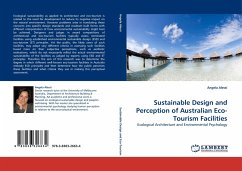
Sustainable Design and Perception of Australian Eco-Tourism Facilities
Ecological Architecture and Environmental Psychology
Versandkostenfrei!
Versandfertig in 6-10 Tagen
52,99 €
inkl. MwSt.

PAYBACK Punkte
26 °P sammeln!
Ecological sustainability as applied to architecture and eco-tourism is related to the need for development to reduce its negative impact on the natural environment. However problems arise in translating these concerns into specific design standards and resultant built forms with different interpretation of how environmental sustainability might best be achieved. Designers and judges in award competitions of architectural and eco-tourism facilities typically assess nominated facilities using established environmental sustainable design (ESD) and eco-tourism (ET) principles. Yet the public, the...
Ecological sustainability as applied to architecture and eco-tourism is related to the need for development to reduce its negative impact on the natural environment. However problems arise in translating these concerns into specific design standards and resultant built forms with different interpretation of how environmental sustainability might best be achieved. Designers and judges in award competitions of architectural and eco-tourism facilities typically assess nominated facilities using established environmental sustainable design (ESD) and eco-tourism (ET) principles. Yet the public, the likely users of such facilities, may adopt very different criteria in assessing such facilities based more on their subjective perceptions, such as aesthetic evaluations, which do not necessarily reflect the actual environmental sustainability of the facilities as judged by experts using ESD and ET principles. Therefore the aim of this research was to determine the degree in which differentwell-known eco-tourism facilities in Australia embody ESD principles and then determine how the public perceives these facilities and what criteria they use in making this perceptual assessment.



